Striped kribensis - Pelvicachromis taeniatus
Scientific name: Pelvicachromis taeniatus
Common name: Striped kribensis
Family: Cichlidae
Usual size in fish tanks: 8 - 9 cm (3.15 - 3.54 inch)
014
Recommended pH range: 6.4 - 7
Recommended water hardness: 5 - 13°N (89.29 - 232.14ppm)
0°C 32°F30°C 86°F
Recommended temperature range: 21 - 25 °C (69.8 - 77°F)
The way how these fish reproduce: Spawning
Where the species comes from: Africa
Temperament to its own species: peaceful
Temperament toward other fish species: peaceful
Usual place in the tank: Middle levels
Food and Feeding
The Striped Kribensis (Pelvicachromis taeniatus) is an omnivorous species that thrives on a varied diet. While a high-quality flake food can be used as the base of their diet, it’s essential to supplement their meals with live or frozen foods to maintain optimal health and coloration. Ideal choices include bloodworms, brine shrimp, and other meaty foods. Additionally, they will accept some vegetable matter, which can contribute to a well-rounded diet.
Origin
The Striped Kribensis is native to the freshwater rivers and streams of Cameroon and Nigeria, located in West Africa. These fish are typically found in calm, slow-moving waters where they can find plenty of hiding spots among rocks, plants, and substrate.
Sexing
Sexing Pelvicachromis taeniatus is relatively straightforward. Males are larger than females and exhibit pointed dorsal and anal fins. During breeding conditions, females will develop a distinctive pink coloration around their flanks, making them easier to identify.
Breeding
Breeding the Striped Kribensis is easy as long as the proper conditions are provided. They are cave spawners, so it’s essential to provide plenty of potential spawning sites, such as upturned plant pots or small caves. Before spawning, both fish will display vibrant colors, and the female will perform a courtship display in front of the male. Eggs are laid on the roof of the cave, and within 2-3 days, the fry will hatch. After approximately 5-6 days, the fry will become free-swimming and can be fed on newly hatched brine shrimp or micro-worms for optimal growth.
Lifespan
The expected lifespan of Pelvicachromis taeniatus is around 5 years with proper care, including stable water conditions, a balanced diet, and appropriate tank mates.
Short Description
The Striped Kribensis (Pelvicachromis taeniatus) is a peaceful, mid-level swimming fish that thrives in community aquariums. While they are relatively easy to care for, they may become territorial during spawning periods. It is best to house them with similarly sized fish to prevent aggression, especially when they are breeding. The addition of caves and hiding places in the aquarium will help reduce stress and provide the fish with a safe environment.
When kept in pairs, Striped Kribensis are peaceful and active, but they may become more territorial during the breeding process. They are an excellent choice for a community aquarium with other peaceful species. However, be cautious about placing them with larger, more aggressive fish, as they may feel threatened.
Tankmates for Striped Kribensis (Pelvicachromis taeniatus)
The peaceful temperament of the Striped Kribensis (Pelvicachromis taeniatus) makes them an excellent addition to a community aquarium. However, it is essential to choose compatible tankmates to ensure they remain peaceful, especially during their breeding period. Here are some ideal tankmates:
- Peaceful Community Fish: Tetras, such as Serpae Tetra, Black Skirt Tetra, and Long-band rasbora, are great options for a peaceful community setup.
- Bottom Dwellers: Oto Catfish and Algae-eating Plecos help keep the substrate clean without disturbing the Kribensis.
- Non-aggressive Cichlids: Small, peaceful cichlids, such as Apistogramma cacatuoides, can coexist well with Striped Kribensis as long as they are not too territorial.
Avoid larger, more aggressive fish species, such as Oscars and other large cichlids, which may pose a threat to the Striped Kribensis due to their territorial nature.
Suitable Plants for Striped Kribensis Tanks
The Striped Kribensis prefers environments with plenty of hiding places and structures to reduce stress, especially during breeding. Additionally, providing some plants can enhance the visual appeal and create a natural, stress-free environment for them. Here are some plants suitable for their tank:
- Anubias barteri nana: This hardy, low-light plant is perfect for creating shaded areas in the tank. It also helps provide hiding spots for Kribensis and other peaceful fish.
- Cryptocoryne wendtii: Another low-maintenance plant that thrives in the same water conditions as the Kribensis. It adds greenery to the tank and offers cover for the fish.
- Java Moss: An excellent choice for adding a natural look to your aquarium. Java Moss provides hiding spots and shelters for fish, helping them feel secure.
- Lilaeopsis brasiliensis: This attractive foreground plant creates a lush, carpet-like effect, ideal for low-maintenance aquascaping.
- Pistia stratiotes: Floating plants like Pistia can help diffuse lighting, making the tank's environment more comfortable for Kribensis, especially in brighter tanks.
These plants not only create a beautiful aquascape but also provide the necessary cover and structure to make your Kribensis feel safe and stress-free.
Additional Care Tips for Striped Kribensis
To keep your Striped Kribensis healthy and thriving, consider the following care tips:
- Water Quality: Maintain stable water conditions with a pH range of 6.4-7 and soft to medium hardness. Regular water changes are important to keep ammonia and nitrite levels low.
- Tank Size: Although they are small, Striped Kribensis should be kept in a spacious tank (minimum 20 gallons) to allow for natural behavior and breeding.
- Avoid Strong Currents: As Kribensis prefer calm, slow-moving waters, ensure that your tank's filtration system does not create strong currents that might stress them out.
- Temperature Range: Maintain a stable water temperature between 21°C (69.8°F) and 25°C (77°F). Avoid fluctuations, as they can stress your fish and lead to health issues.
By following these tips and creating a suitable environment, your Striped Kribensis will thrive and provide you with a peaceful and colorful addition to your aquarium.
Pictures
Bought by aqua-fish.net from jjphoto.dk.
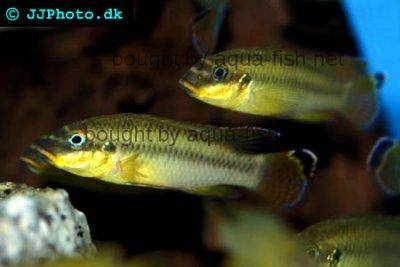


 Thread-finned
Thread-finned 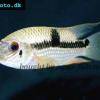 Acara
Acara 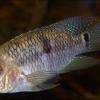 Yellow
Yellow  Patrick's
Patrick's 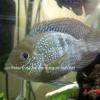 Blue
Blue 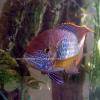 Green
Green 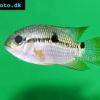 Acara
Acara 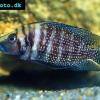 White
White 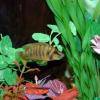 Compressed
Compressed 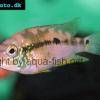 Pastel
Pastel 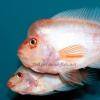 Midas
Midas 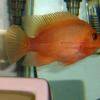 Red
Red 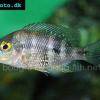 Bluemouth
Bluemouth 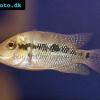 False
False 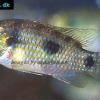 African
African 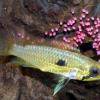 Agassiz's
Agassiz's 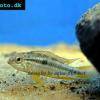 Banded
Banded  Yellow
Yellow 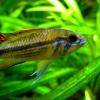 Cockatoo
Cockatoo 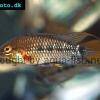 Blue
Blue  Blackstripe
Blackstripe 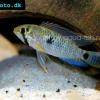 Highfin
Highfin 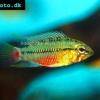 Redstripe
Redstripe  Threadfinned
Threadfinned 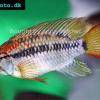 Macmaster’s
Macmaster’s 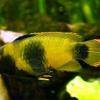 Panda
Panda 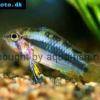 Norbert’s
Norbert’s 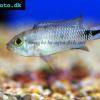 Blue
Blue 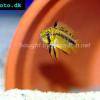 Thin-line
Thin-line  Three-striped
Three-striped 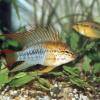 Viejita
Viejita 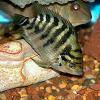 Flier
Flier  Archocentrus
Archocentrus 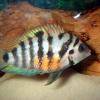 Convict
Convict 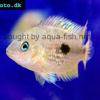 Seven
Seven 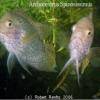 Spiny
Spiny 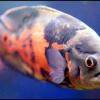 Oscar
Oscar 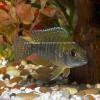 Sunshine
Sunshine 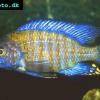 Chitande
Chitande  Firebird
Firebird 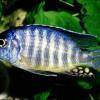 Midnight
Midnight 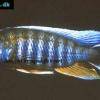 Lake
Lake 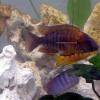 Sunshine
Sunshine 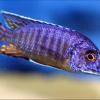 Aulonocara
Aulonocara 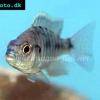 Nyasa
Nyasa 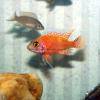 Ruby
Ruby  Grants
Grants 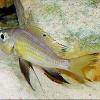 Aulonocranus
Aulonocranus  Chameleon
Chameleon 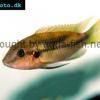 Benitochromis
Benitochromis 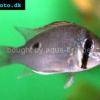 Orinoco
Orinoco  Yellow
Yellow 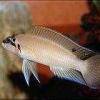 Brichard’s
Brichard’s 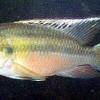 Guenther’s
Guenther’s 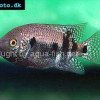 Southern
Southern 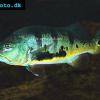 Cichla
Cichla 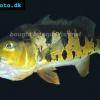 Peacock
Peacock  Chiseltooth
Chiseltooth 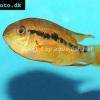 Bolivian
Bolivian 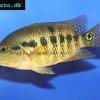 Red
Red 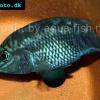 Many-pointed
Many-pointed 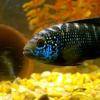 Jack
Jack 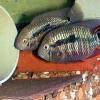 Red
Red 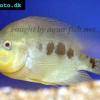 Three
Three 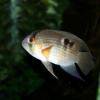 Keyhole
Keyhole  Azureus
Azureus 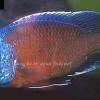 Red
Red 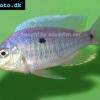 Jackson’s
Jackson’s 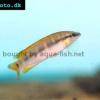 Crenicichla
Crenicichla 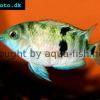 Honduran
Honduran  Blue-eye
Blue-eye  Afra
Afra 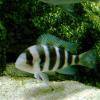 Frontosa
Frontosa 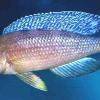 Slender
Slender 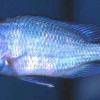 Malawi
Malawi 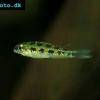 Chequerboard
Chequerboard 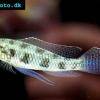 Checkerboard
Checkerboard 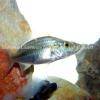 Malawi
Malawi 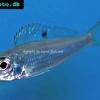 Ectodus
Ectodus 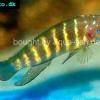 Tanganyika
Tanganyika 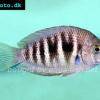 Canara
Canara 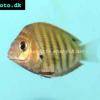 Green
Green  Rostratus
Rostratus 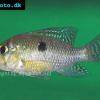 Pearl
Pearl  Geophagus
Geophagus 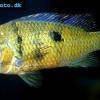 Yellowhump
Yellowhump 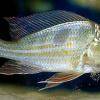 Suriname
Suriname 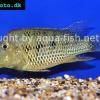 Redhump
Redhump 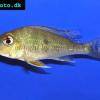 Red
Red 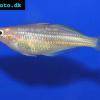 Dority’s
Dority’s 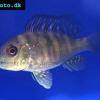 Argentine
Argentine 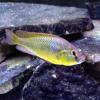 Burton’s
Burton’s 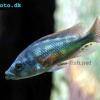 Victoria
Victoria  Haplochromis
Haplochromis 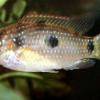 Jewel
Jewel 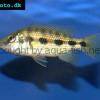 Banded
Banded 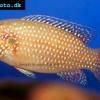 Lifalili
Lifalili  Lowland
Lowland 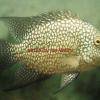 Texas
Texas 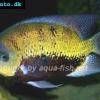 Pantano
Pantano 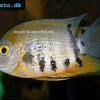 Severum
Severum 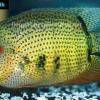 Banded
Banded 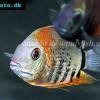 Severum
Severum 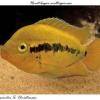 Rainbow
Rainbow  Parrot
Parrot 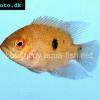 Chocolate
Chocolate 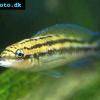 Brown
Brown 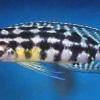 Marlieri
Marlieri 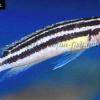 Golden
Golden 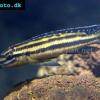 Striped
Striped 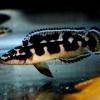 Masked
Masked 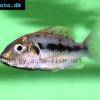 Konye
Konye 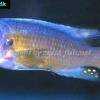 Blue
Blue 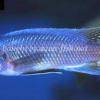 Trewavas
Trewavas 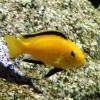 Electric
Electric 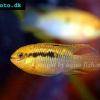 Dwarf
Dwarf  Redbreast
Redbreast 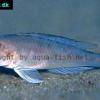 Lamprologus
Lamprologus 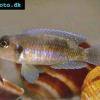 Gold
Gold 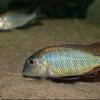 Greenface
Greenface 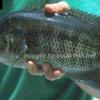 Mayan
Mayan 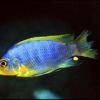 Aurora
Aurora 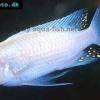 Blue
Blue 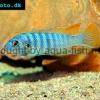 William’s
William’s  Zebra
Zebra 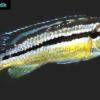 Malawi
Malawi  Blue
Blue 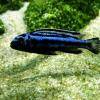 Blue
Blue 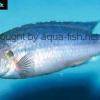 Mbuna
Mbuna 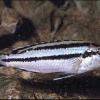 Parallel
Parallel 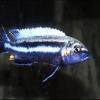 Purple
Purple 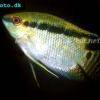 Flag
Flag  Bolivian
Bolivian 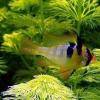 Ram
Ram 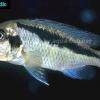 Basket
Basket 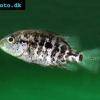 Haitian
Haitian 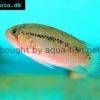 Zebra
Zebra  Striped
Striped 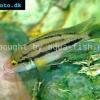 Neolamprologus
Neolamprologus 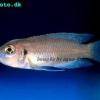 Brevis
Brevis 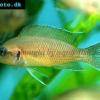 Fairy
Fairy 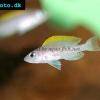 Neolamprologus
Neolamprologus 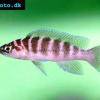 Cylindricus
Cylindricus 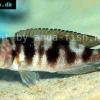 Hecq’s
Hecq’s 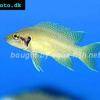 Neolamprologus
Neolamprologus 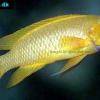 Lemon
Lemon 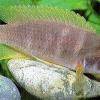 Mustax
Mustax  Daffodil
Daffodil 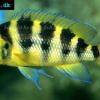 Six-bar
Six-bar 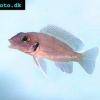 Five-bar
Five-bar 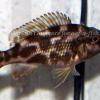 Marbled
Marbled 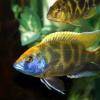 Giraffe
Giraffe 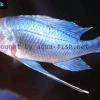 Blue
Blue 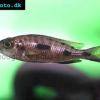 Sulphurhead
Sulphurhead 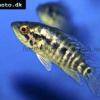 Wolf
Wolf 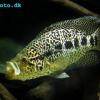 Jaguar
Jaguar 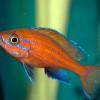 Blue
Blue 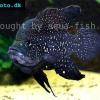 Marakeli
Marakeli 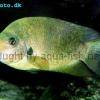 Madagascar
Madagascar 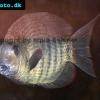 Pinstripe
Pinstripe 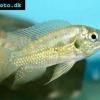 Pelmatochromis
Pelmatochromis 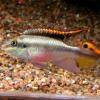 Kribensis
Kribensis  Red
Red  Deepwater
Deepwater 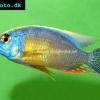 Fenestratus
Fenestratus  Nichols’
Nichols’ 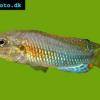 Southern
Southern 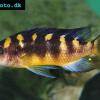 Bumble
Bumble 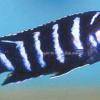 Demason’s
Demason’s 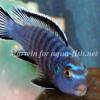 Slender
Slender 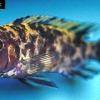 Red
Red 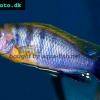 Mbuna
Mbuna 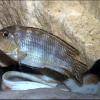 Malawi
Malawi 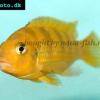 Kenyi
Kenyi 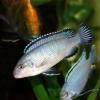 Powder
Powder 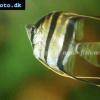 Altum
Altum 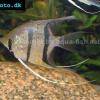 Angelfish
Angelfish 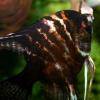 Angelfish
Angelfish 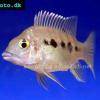 East
East 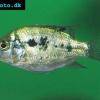 Juba
Juba 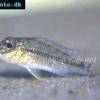 Earth
Earth 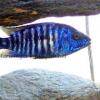 Electric
Electric  Azure
Azure  Lionhead
Lionhead 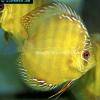 Discus
Discus 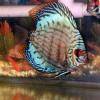 Blue
Blue 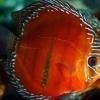 Red
Red 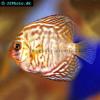 Zebra
Zebra 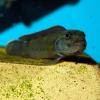 Brichard’s
Brichard’s 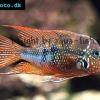 Blue
Blue 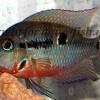 Firemouth
Firemouth 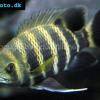 Zebra
Zebra  Yellow
Yellow 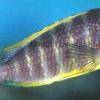 Blue
Blue 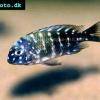 Dwarf
Dwarf  Blunthead
Blunthead 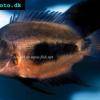 The
The  White
White 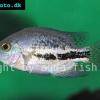 Twoband
Twoband 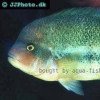 Fenestratus
Fenestratus 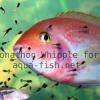 Window
Window 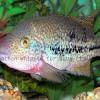 Tailbar
Tailbar 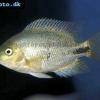 Black
Black  Redhead
Redhead 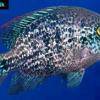 Oaxaca
Oaxaca 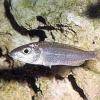 Xenotilapia
Xenotilapia